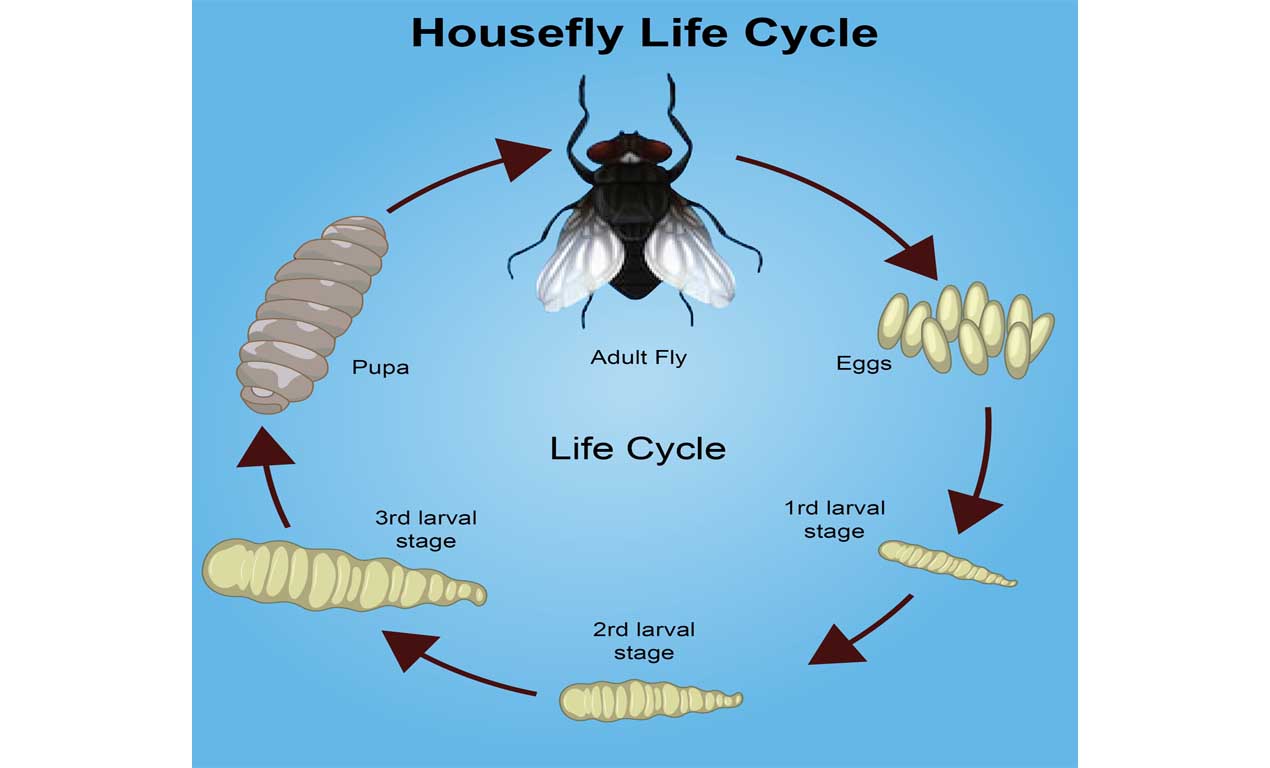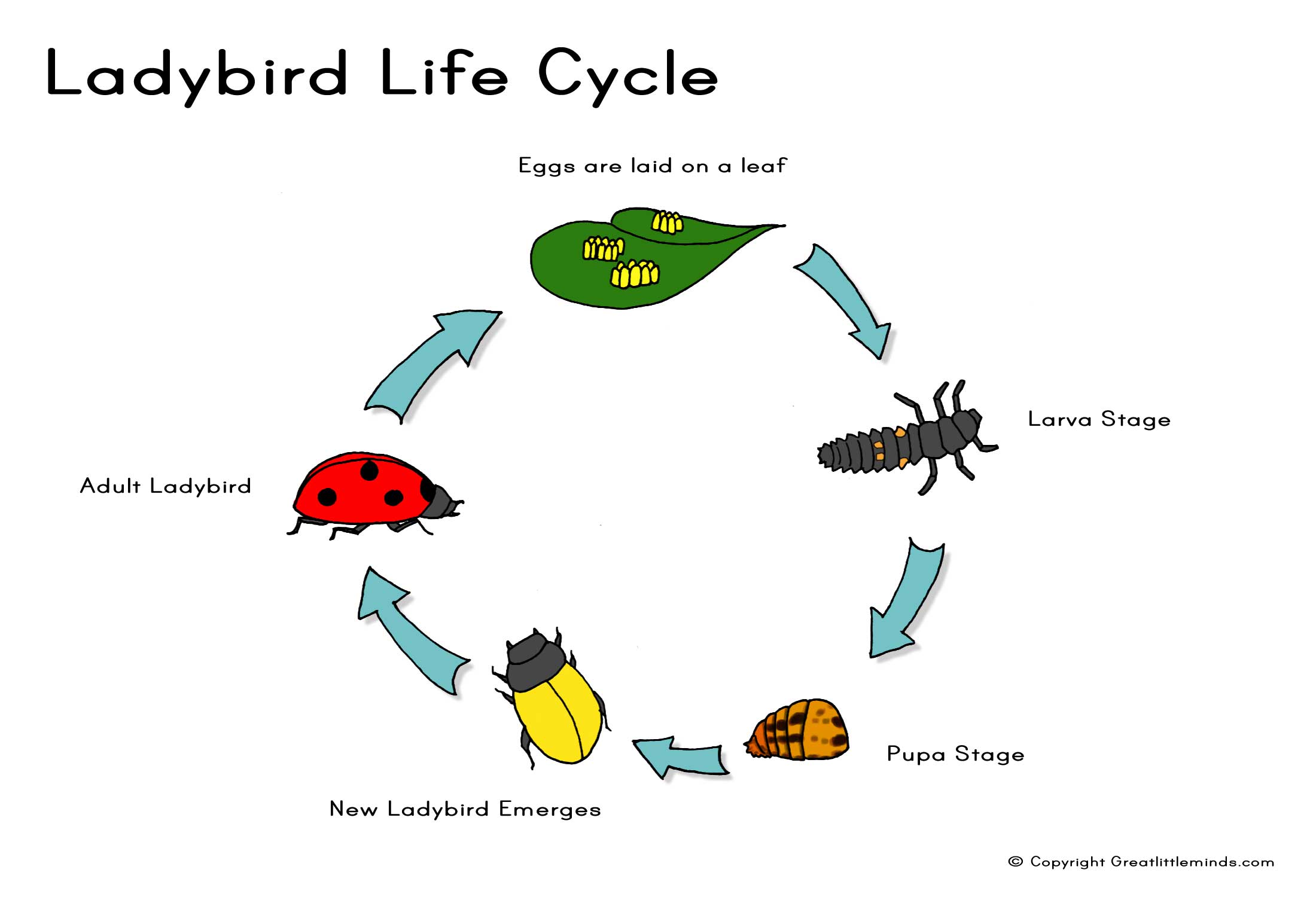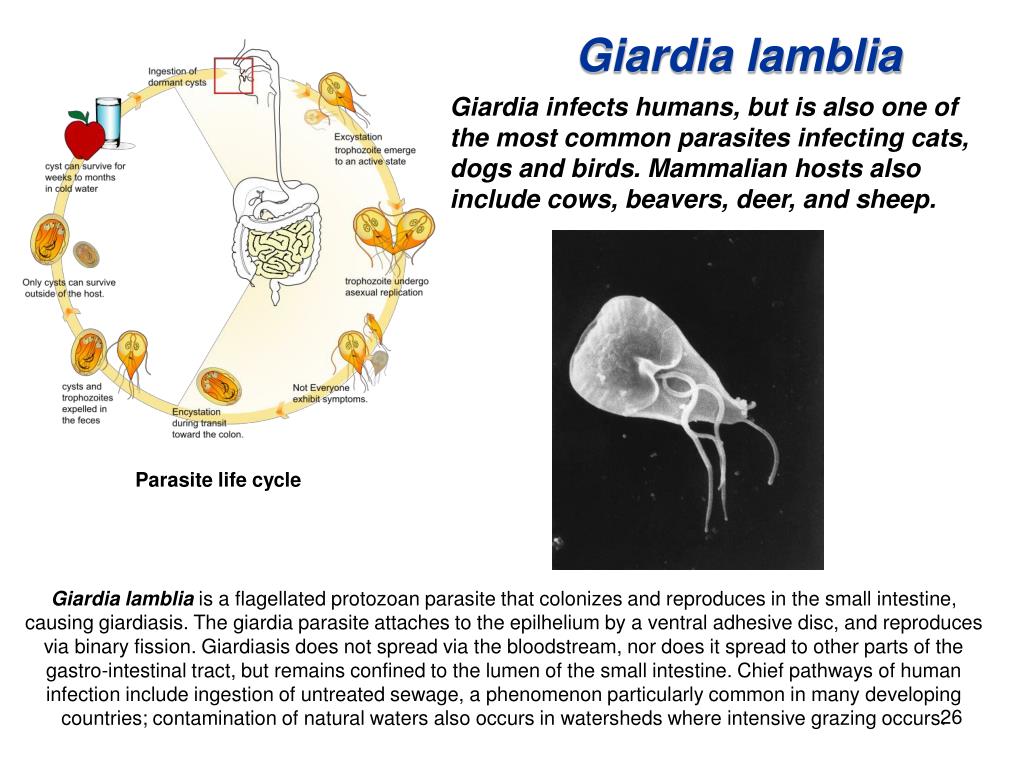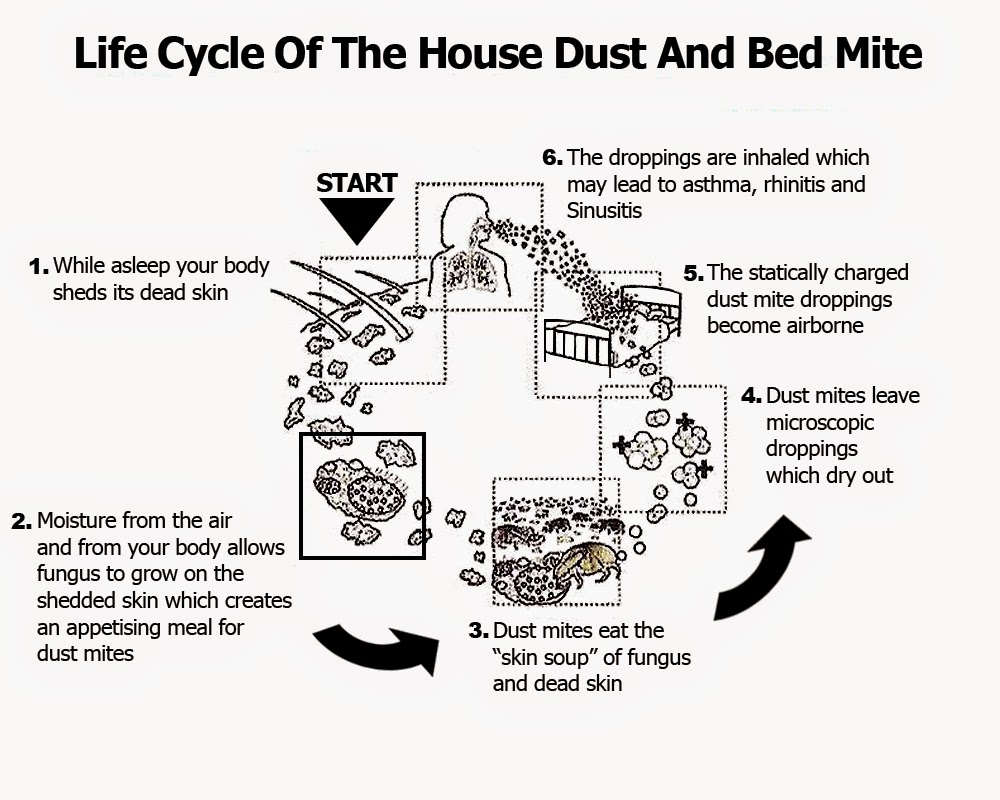The Life Cycle of a Cold: A Comprehensive Overview
How does the common cold progress? What are the stages and symptoms? When should you seek medical attention? Get the answers to these questions and more in this informative article.
Stages of the Common Cold
The common cold typically goes through three distinct stages, each with its own set of symptoms. Understanding the progression of a cold can help you better manage your symptoms and take appropriate actions.
Stage 1: Onset
The first stage of a cold is the onset, which is often marked by a tickling or scratchy sensation in the throat. During this stage, you may also experience body aches, fatigue, and a general sense of malaise. This is when the cold virus has just started to take hold, and it’s important to take steps to care for your symptoms and prevent the spread of the virus to others.
Stage 2: Peak Intensity
As the cold virus continues to replicate, the symptoms often intensify during the second stage. You may experience a runny nose, congestion, fever, and even increased discomfort in the face and sinuses. This is the stage where the virus is at its most potent, and it’s crucial to allow your body to rest and recover.

Stage 3: Recovery
The final stage of a cold is the recovery phase, where the symptoms begin to subside, and your body starts to fight off the virus. During this stage, you may still experience some lingering symptoms, but they should gradually become less severe. It’s important to continue to rest and stay hydrated to support your body’s natural healing process.
Symptoms of the Common Cold
The symptoms of a cold can vary from person to person, but there are some common signs to look out for. Some of the most common symptoms include:
- Sore or scratchy throat
- Sneezing
- Runny or stuffy nose
- Cough
- Headache
- Fatigue
- Mild fever
It’s important to note that the symptoms of a cold can be easily confused with those of the flu, which has a more severe and sudden onset. If you’re unsure whether you have a cold or the flu, it’s best to consult with a healthcare professional.
Preventing the Spread of the Common Cold
The common cold is highly contagious, and it’s important to take steps to prevent the spread of the virus. Some effective ways to do this include:

- Washing your hands frequently with soap and water
- Covering your cough or sneeze with a tissue or your elbow
- Avoiding close contact with people who are sick
- Staying home from work or school when you have active symptoms
By following these simple measures, you can help protect yourself and those around you from contracting the common cold.
When to Seek Medical Attention
In most cases, the common cold will resolve on its own within 7-10 days. However, there are some instances when you should seek medical attention, such as:
- Persistent or worsening symptoms that last longer than 10 days
- Difficulty breathing or swallowing
- Fever that exceeds 101°F (38.3°C)
- Severe sinus pain or headache
- Symptoms that worsen after an initial improvement
If you experience any of these symptoms, it’s important to consult with a healthcare professional to rule out more serious respiratory infections or complications.
Treatment and Home Remedies
While there is no cure for the common cold, there are various over-the-counter (OTC) medications and home remedies that can help alleviate your symptoms. Some effective treatments include:
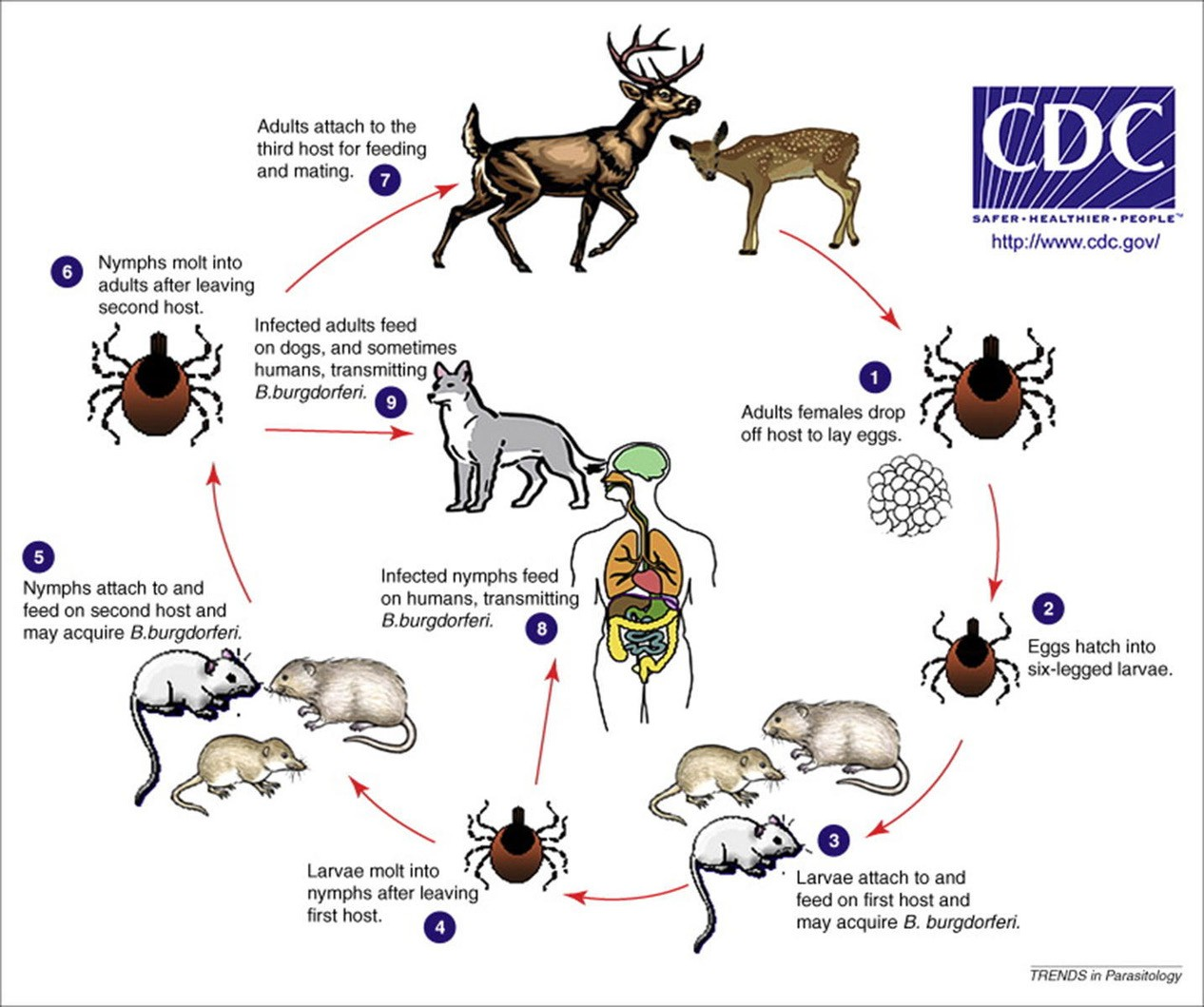
- Decongestants to reduce nasal congestion
- Cough suppressants or expectorants to manage coughing
- Pain relievers like acetaminophen or ibuprofen to reduce fever and body aches
- Zinc supplements or lozenges, which may help shorten the duration of symptoms
- Drinking plenty of fluids and getting plenty of rest
- Using a humidifier or taking a steamy shower to soothe a sore throat
It’s important to always follow the instructions on any OTC medications and to avoid mixing different types of cold remedies, as this can lead to unwanted side effects.
Conclusion
The common cold is a ubiquitous and often frustrating experience, but understanding the life cycle of the virus and the appropriate steps to manage it can help you get through it with greater ease. By recognizing the stages of a cold, identifying the symptoms, and taking the necessary precautions, you can better support your body’s natural healing process and prevent the spread of the virus to others. Remember, while colds can be unpleasant, they are usually not serious and will typically resolve on their own with time and proper self-care.

A Look at the Life Cycle of a Cold
We include products we think are useful for our readers. If you buy through links on this page, we may earn a small commission Here’s our process.
Healthline only shows you brands and products that we stand behind.
Our team thoroughly researches and evaluates the recommendations we make on our site. To establish that the product manufacturers addressed safety and efficacy standards, we:
- Evaluate ingredients and composition: Do they have the potential to cause harm?
- Fact-check all health claims: Do they align with the current body of scientific evidence?
- Assess the brand: Does it operate with integrity and adhere to industry best practices?
We do the research so you can find trusted products for your health and wellness.
Read more about our vetting process.
Was this helpful?
The common cold typically has three stages, during which you may experience different symptoms. The cold can often spread to others as long as you have active symptoms.
The cold can often spread to others as long as you have active symptoms.
You might think cold season is only active during the winter, but that’s not the case. According to the Mayo Clinic, though you have a higher chance of developing a cold in the fall and winter, you can get a cold anytime during the year.
The CDC reports that adults have an average of two to three colds each year, while children can have even more.
And while you might be familiar with the symptoms and effects of the common cold, there’s a chance you’re unaware of:
- how this upper respiratory virus progresses
- how to treat it
- when to call the doctor
While you can’t cure the common cold, there’s a lot to be said for prevention and self-care tips as your body works to rid itself of the virus.
If you’re concerned you might be at risk of catching a cold or you currently have one, we’ve got you covered. Below, we’ve compiled an overview of everything from stages and symptoms to recovery tips.
The tickle of an impending cold is all too familiar and can cause the desperate need to down glasses of orange juice and use lots of hand sanitizer.
Unfortunately, if your throat is already tingling or scratchy, it’s likely one of the 200 strains of the common cold virus — most commonly the rhinovirus — has already settled in for the next 7 to 10 days.
The most common symptoms to look out for during this stage are:
- tingling or scratchy throat
- body aches
- tiredness or fatigue
Dr. Doug Nunamaker, a family practice physician and chief medical officer forAtlas MD, explains that it’s in these first days of a cold that most people don’t do enough to care for their symptoms.
Though there are a number of over-the-counter (OTC) treatments and remedies that can ease the symptoms of a cold during this stage, Nunamaker also suggests reaching for one of the most common dishes for people with a cold or flu: chicken noodle soup.
“It’s easy on the stomach, soothes the throat, [and] provides fluid for hydration,” he explains.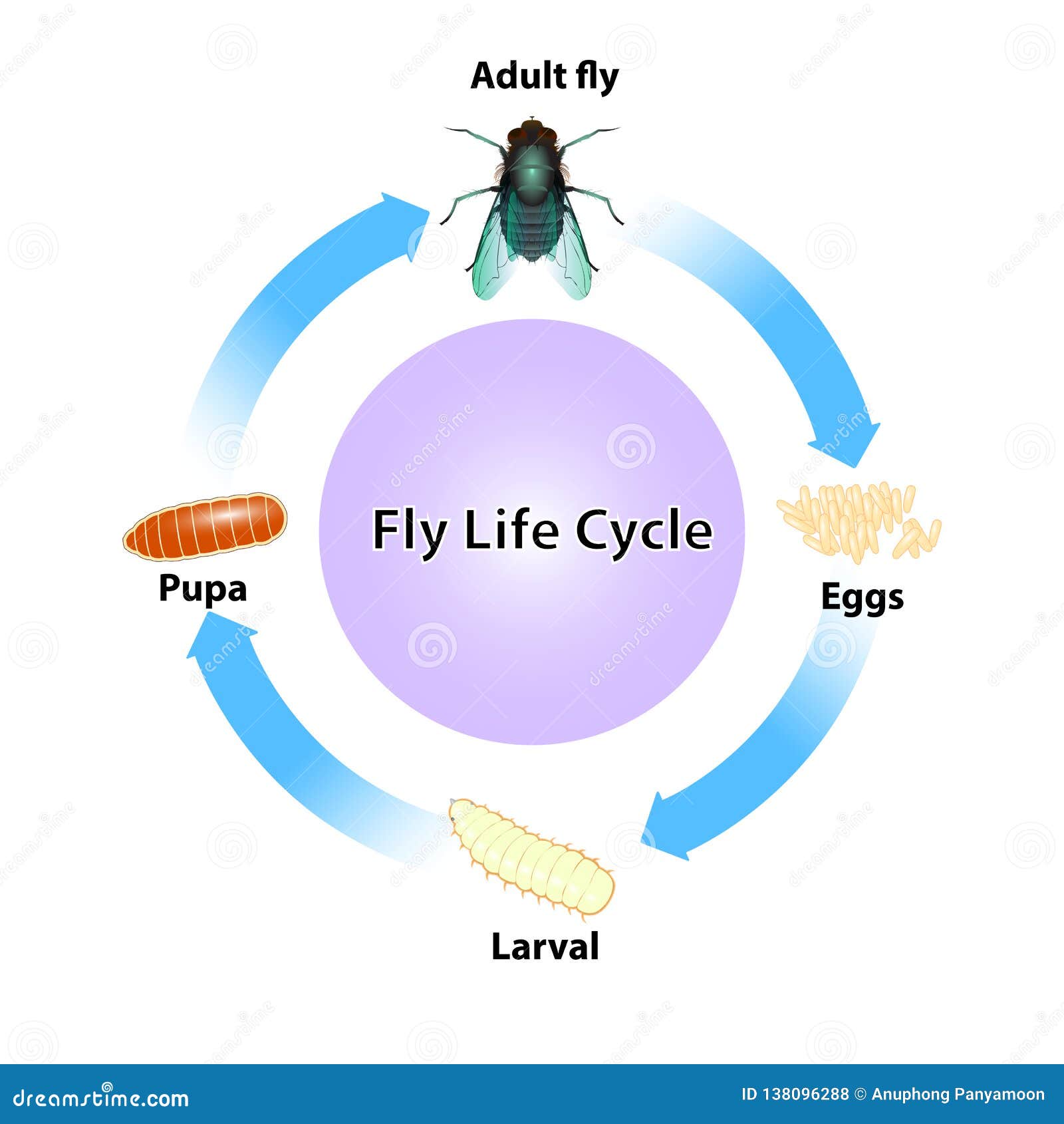 If you have a fever or are sweating, he adds, chicken soup can also help replenish some of the salt your body might lose.
If you have a fever or are sweating, he adds, chicken soup can also help replenish some of the salt your body might lose.
In terms of contagion levels, Nunamaker says your cold is contagious if you present “active symptoms.” So, the tickle in your throat, runny nose, body aches, and even low-grade fever mean you’re at risk of spreading the bug to everyone around you.
Recovery tips
- Take decongestants and cough syrup but avoid mixing combination medications (e.g., don’t take ibuprofen separately if it’s also included in your cold medicine).
- Get plenty of sleep and rest.
- Stay hydrated.
- OTC Zinc supplements or lozenges have been shown to reduce the duration and severity of symptoms, when taken soon after the onset of symptoms. However, a side effect may be a bad taste or nausea.
Ways to avoid spreading the cold virus while you’re still contagious:
- Avoid public contact if at all possible by staying home from work and school.

- Avoid physical contact with other people, such as kissing or shaking hands.
- Wash your hands often with soap and water.
- Fully cover your cough and sneeze in your elbow or a tissue. Immediately dispose of the tissue and wash your hands.
Was this helpful?
This is when the virus is at its peak intensity. You might find during this time that everything hurts, and your face feels like a running faucet. You may even experience a fever, which can be alarming.
Because you have a virus, however, you have a compromised immune system. A fever, explains Nunamaker, is your body’s way of defending your immune system.
“[A fever is] nature’s antibiotic. Let it ride,” he explains.
Nunamaker adds that a fever isn’t a concern until it’s 102 to 103°F (39°C). In fact, up to 100.4°F (38°C), you’re considered to have an “elevated temperature,” not a fever.
Fevers with a cold can be easily confused with the flu. You should remember that the flu has radically different, and far more severe symptoms, which come on hard, fast, and usually include a headache.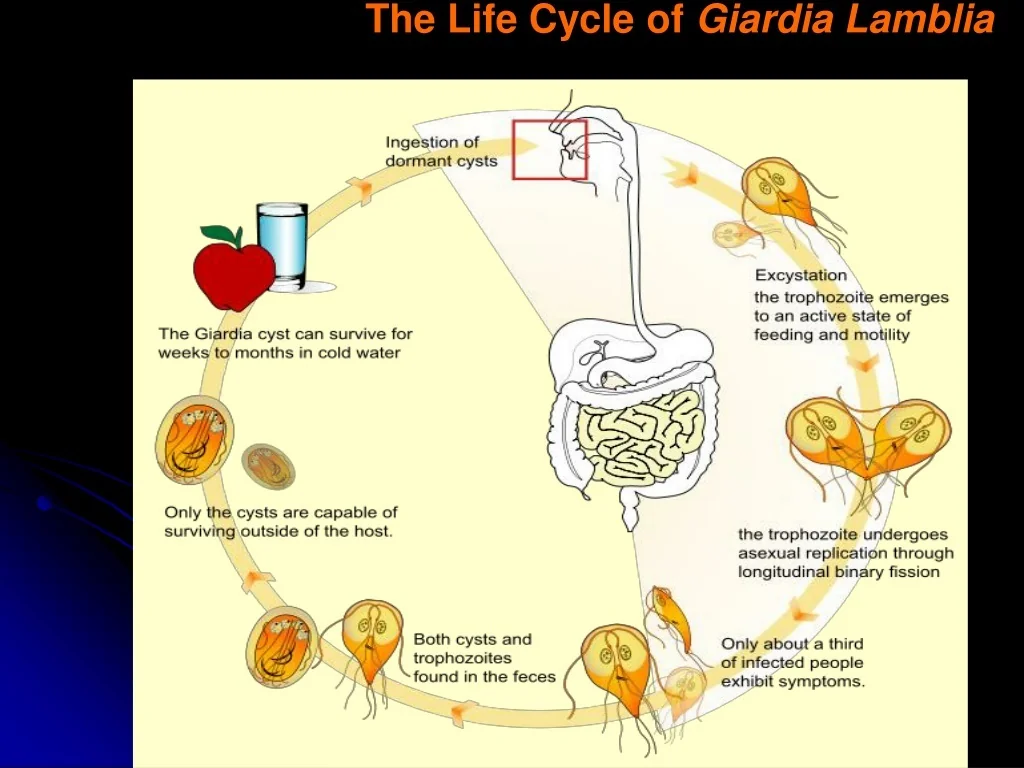
The most common symptoms to look out for during this stage of a cold are:
- sore throat
- cough
- congestion or runny nose
- fatigue
- aches
- chills or low-grade fever
As was the case in stage 1, if your symptoms are still active, you’re still contagious. During this time, you should continue to be mindful about being around others and avoid physical interactions.
Recovery tips
- Avoid smoking, if you smoke, as it paralyzes the cilia in the lungs and takes longer to heal.
- Avoid asking your healthcare provider for an antibiotic. This is a viral infection and an antibiotic will not help. In fact, it could make things worse.
- Use a cough suppressant if you find it difficult to sleep.
- Take ibuprofen for body aches.
- Get your daily amount of vitamin C (1 to 2 grams per day) via fresh fruit or supplements.
- Gargle with salt water.
- Use a humidifier, or take a steam bath or shower.

- Use Chloraseptic or Cepacol lozenges. The benzocaine is a topical numbing agent and can help soothe sore throats.
- Continue to take zinc supplements or lozenges.
While your body fights the cold virus, it’s vital to stay hydrated throughout all three stages of your cold.
A cold typically wraps up around day 10. There are, of course, exceptions. If you’re still feeling the effects, your symptoms worsen, or your fever increases then it’s time to re-evaluate and think about a different course of treatment.
When should I call a doctor?
- While it’s tempting to call the doctor when you’re feeling crummy for a couple of days, it’s best to avoid doing so until after your symptoms have persisted for longer than 10. Call a doctor if your symptoms worsen after this time.
Was this helpful?
Some people might also experience what’s known as the post-infectious cough, which is a nagging cough that can last an average of 18 days after your cold subsides. If, however, all your other symptoms have ended, you can consider yourself free and clear.
If, however, all your other symptoms have ended, you can consider yourself free and clear.
If the other “active” symptoms are still present, you’re still contagious and should continue to follow the tips to prevent spreading the virus.
The most common symptoms to look out for during this stage are the following:
- cough
- congestion
- runny nose
- fatigue
Recovery tips
- Continue to cover your cough with your sleeve at the elbow or with a tissue, and wash your hands.
- Continue taking an OTC ibuprofen, decongestant, cough suppressant, or antihistamine, as needed.
Here’s a list of cold remedies you can buy now:
- ibuprofen
- Chloraseptic or Cepacol lozenges
- OTC zinc supplements or lozenges
- decongestants
- cough syrup
- vitamin C
- antihistamine
You can also shop online for humidifiers and hand sanitizers.
Be sure to talk to your healthcare provider before adding any treatment options to your current healthcare regimen to avoid any potential negative interactions.
When it comes to a cold, you’ve got to accept that it’s happening and ride it out. The very best thing you can do is take actions to prevent a cold by:
- washing your hands frequently with soap and water
- avoiding any unnecessary physical contact where you could contract the virus
- staying hydrated and well-rested
Finally, be mindful of how your health affects other people, especially those with compromised immune systems, and stay home when you’re contagious.
Brandi Koskie is the founder of Banter Strategy, where she serves as a content strategist and health journalist for dynamic clients. She’s got a wanderlust spirit, believes in the power of kindness, and works and plays in the foothills of Denver with her family.
A Look at the Life Cycle of a Cold
We include products we think are useful for our readers. If you buy through links on this page, we may earn a small commission Here’s our process.
Healthline only shows you brands and products that we stand behind.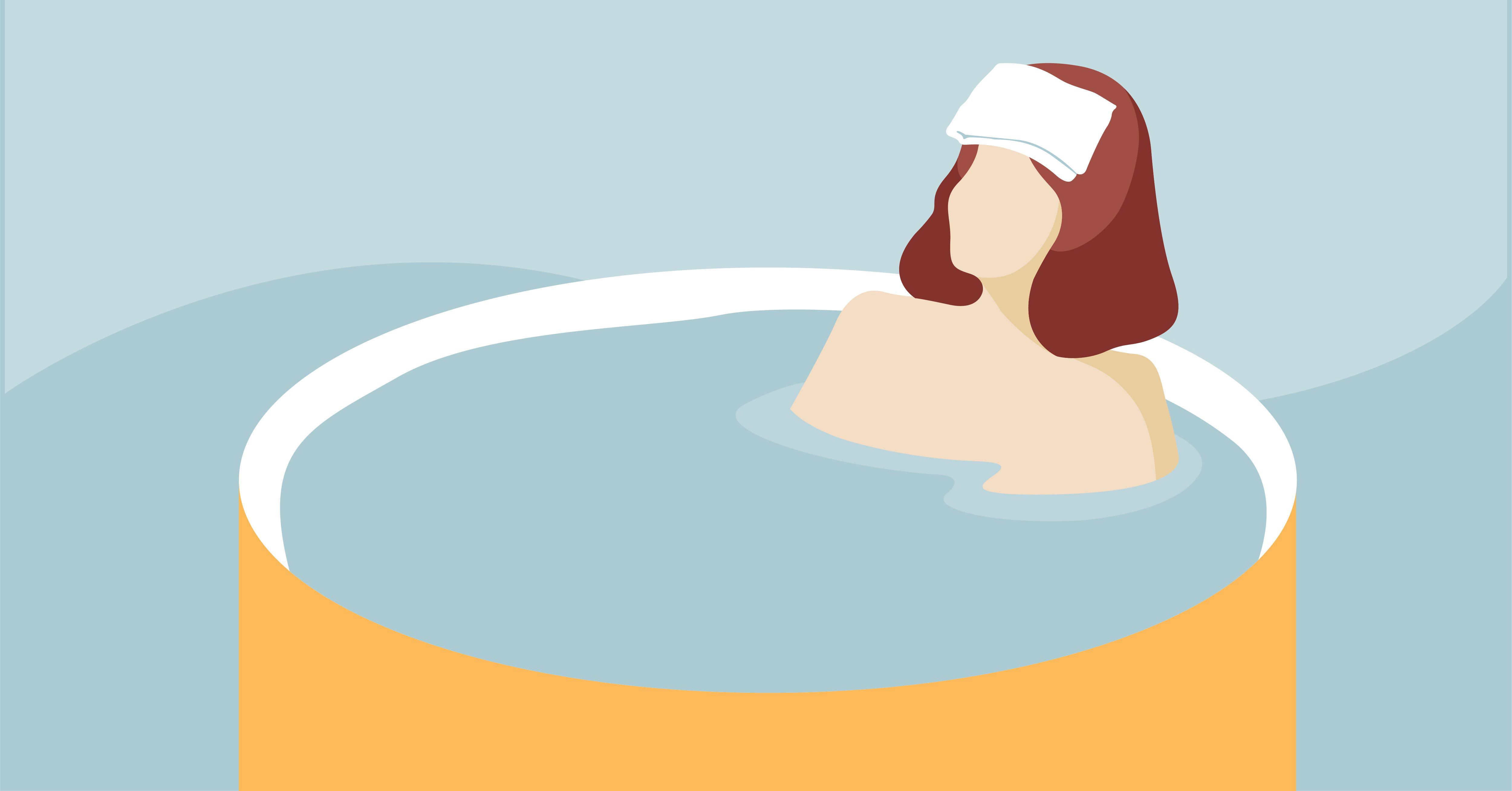
Our team thoroughly researches and evaluates the recommendations we make on our site. To establish that the product manufacturers addressed safety and efficacy standards, we:
- Evaluate ingredients and composition: Do they have the potential to cause harm?
- Fact-check all health claims: Do they align with the current body of scientific evidence?
- Assess the brand: Does it operate with integrity and adhere to industry best practices?
We do the research so you can find trusted products for your health and wellness.
Read more about our vetting process.
Was this helpful?
The common cold typically has three stages, during which you may experience different symptoms. The cold can often spread to others as long as you have active symptoms.
You might think cold season is only active during the winter, but that’s not the case. According to the Mayo Clinic, though you have a higher chance of developing a cold in the fall and winter, you can get a cold anytime during the year.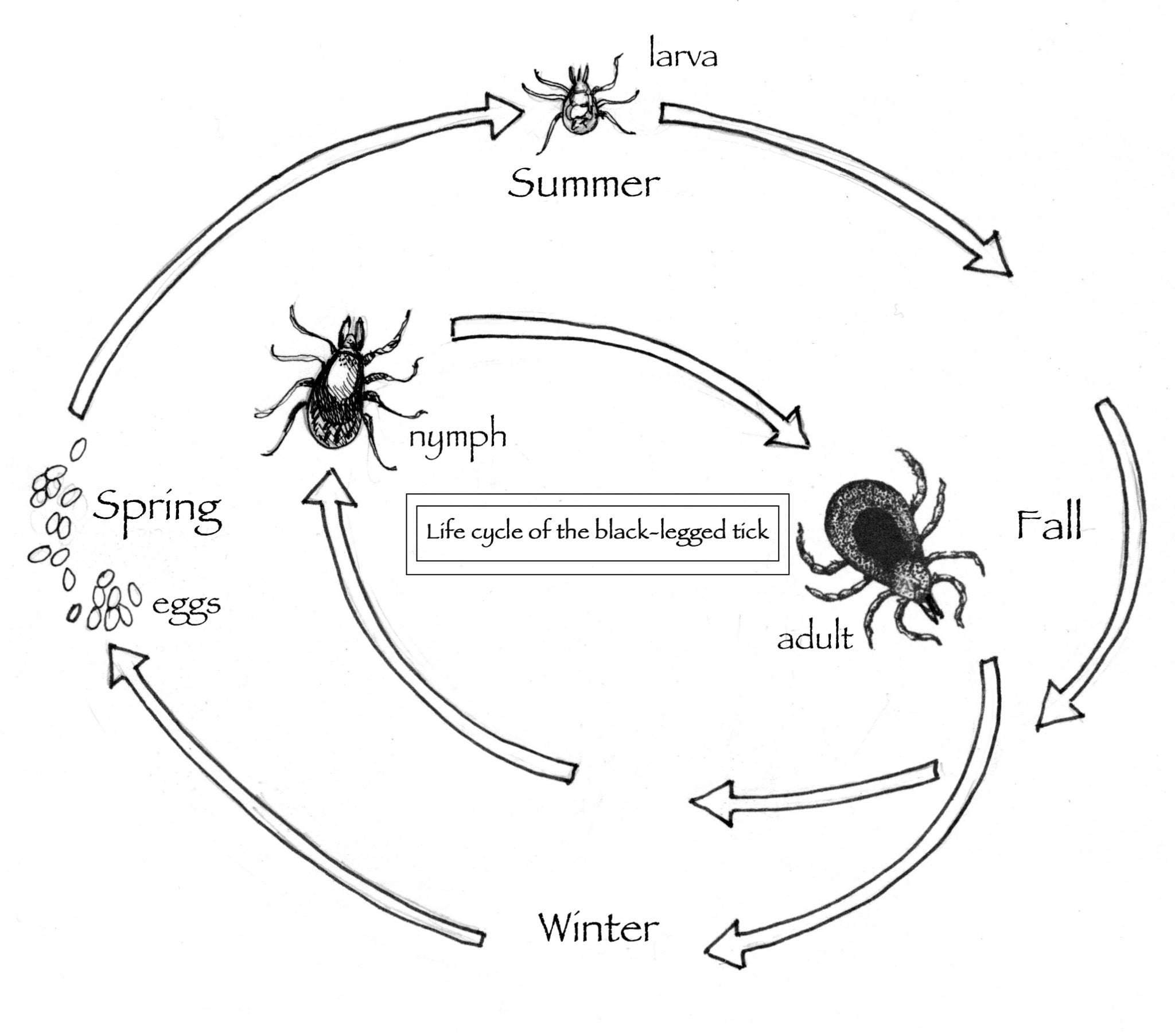
The CDC reports that adults have an average of two to three colds each year, while children can have even more.
And while you might be familiar with the symptoms and effects of the common cold, there’s a chance you’re unaware of:
- how this upper respiratory virus progresses
- how to treat it
- when to call the doctor
While you can’t cure the common cold, there’s a lot to be said for prevention and self-care tips as your body works to rid itself of the virus.
If you’re concerned you might be at risk of catching a cold or you currently have one, we’ve got you covered. Below, we’ve compiled an overview of everything from stages and symptoms to recovery tips.
The tickle of an impending cold is all too familiar and can cause the desperate need to down glasses of orange juice and use lots of hand sanitizer.
Unfortunately, if your throat is already tingling or scratchy, it’s likely one of the 200 strains of the common cold virus — most commonly the rhinovirus — has already settled in for the next 7 to 10 days.
The most common symptoms to look out for during this stage are:
- tingling or scratchy throat
- body aches
- tiredness or fatigue
Dr. Doug Nunamaker, a family practice physician and chief medical officer forAtlas MD, explains that it’s in these first days of a cold that most people don’t do enough to care for their symptoms.
Though there are a number of over-the-counter (OTC) treatments and remedies that can ease the symptoms of a cold during this stage, Nunamaker also suggests reaching for one of the most common dishes for people with a cold or flu: chicken noodle soup.
“It’s easy on the stomach, soothes the throat, [and] provides fluid for hydration,” he explains. If you have a fever or are sweating, he adds, chicken soup can also help replenish some of the salt your body might lose.
In terms of contagion levels, Nunamaker says your cold is contagious if you present “active symptoms.” So, the tickle in your throat, runny nose, body aches, and even low-grade fever mean you’re at risk of spreading the bug to everyone around you.
Recovery tips
- Take decongestants and cough syrup but avoid mixing combination medications (e.g., don’t take ibuprofen separately if it’s also included in your cold medicine).
- Get plenty of sleep and rest.
- Stay hydrated.
- OTC Zinc supplements or lozenges have been shown to reduce the duration and severity of symptoms, when taken soon after the onset of symptoms. However, a side effect may be a bad taste or nausea.
Ways to avoid spreading the cold virus while you’re still contagious:
- Avoid public contact if at all possible by staying home from work and school.
- Avoid physical contact with other people, such as kissing or shaking hands.
- Wash your hands often with soap and water.
- Fully cover your cough and sneeze in your elbow or a tissue. Immediately dispose of the tissue and wash your hands.
Was this helpful?
This is when the virus is at its peak intensity. You might find during this time that everything hurts, and your face feels like a running faucet. You may even experience a fever, which can be alarming.
You may even experience a fever, which can be alarming.
Because you have a virus, however, you have a compromised immune system. A fever, explains Nunamaker, is your body’s way of defending your immune system.
“[A fever is] nature’s antibiotic. Let it ride,” he explains.
Nunamaker adds that a fever isn’t a concern until it’s 102 to 103°F (39°C). In fact, up to 100.4°F (38°C), you’re considered to have an “elevated temperature,” not a fever.
Fevers with a cold can be easily confused with the flu. You should remember that the flu has radically different, and far more severe symptoms, which come on hard, fast, and usually include a headache.
The most common symptoms to look out for during this stage of a cold are:
- sore throat
- cough
- congestion or runny nose
- fatigue
- aches
- chills or low-grade fever
As was the case in stage 1, if your symptoms are still active, you’re still contagious. During this time, you should continue to be mindful about being around others and avoid physical interactions.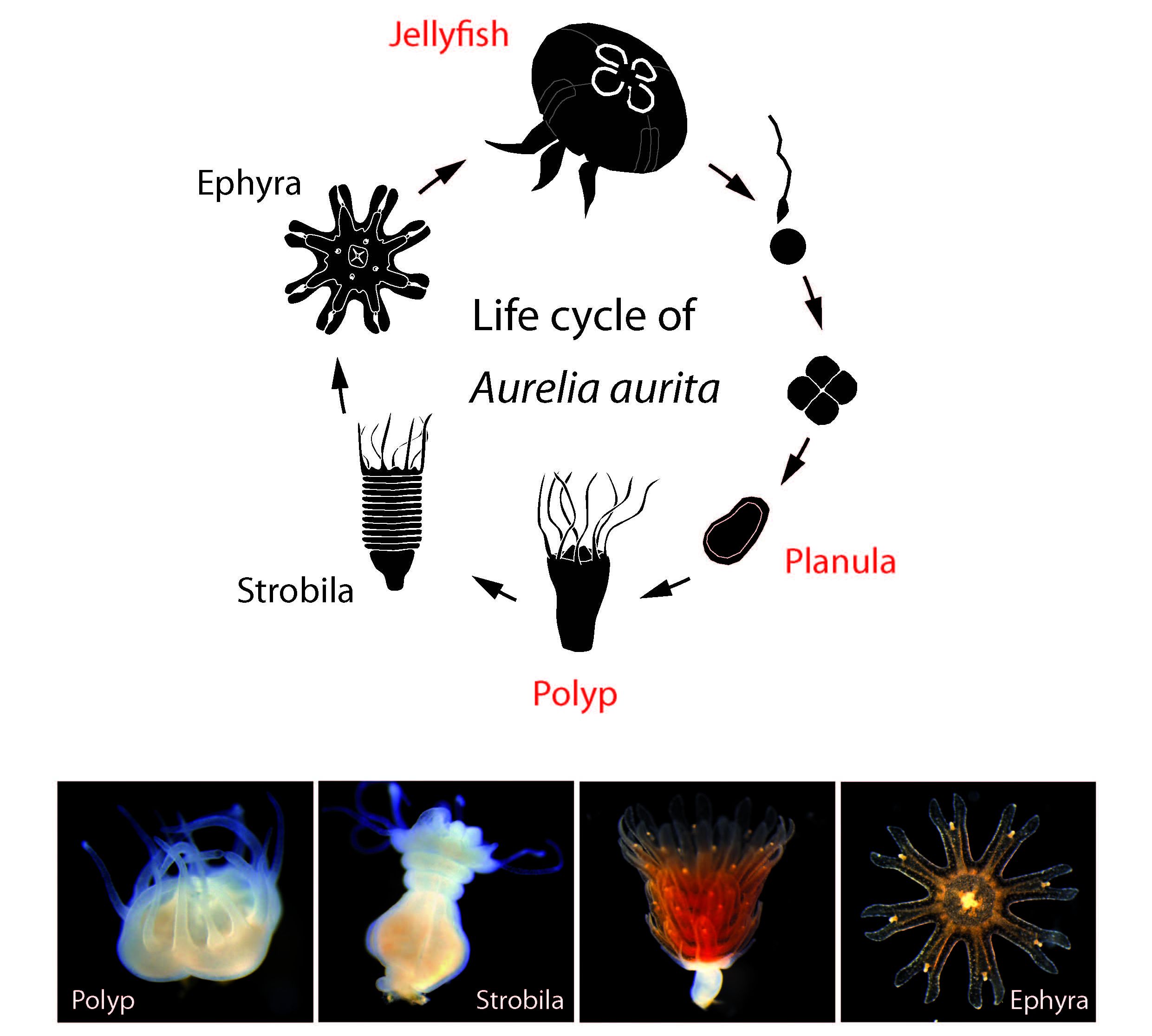
Recovery tips
- Avoid smoking, if you smoke, as it paralyzes the cilia in the lungs and takes longer to heal.
- Avoid asking your healthcare provider for an antibiotic. This is a viral infection and an antibiotic will not help. In fact, it could make things worse.
- Use a cough suppressant if you find it difficult to sleep.
- Take ibuprofen for body aches.
- Get your daily amount of vitamin C (1 to 2 grams per day) via fresh fruit or supplements.
- Gargle with salt water.
- Use a humidifier, or take a steam bath or shower.
- Use Chloraseptic or Cepacol lozenges. The benzocaine is a topical numbing agent and can help soothe sore throats.
- Continue to take zinc supplements or lozenges.
While your body fights the cold virus, it’s vital to stay hydrated throughout all three stages of your cold.
A cold typically wraps up around day 10. There are, of course, exceptions. If you’re still feeling the effects, your symptoms worsen, or your fever increases then it’s time to re-evaluate and think about a different course of treatment.
When should I call a doctor?
- While it’s tempting to call the doctor when you’re feeling crummy for a couple of days, it’s best to avoid doing so until after your symptoms have persisted for longer than 10. Call a doctor if your symptoms worsen after this time.
Was this helpful?
Some people might also experience what’s known as the post-infectious cough, which is a nagging cough that can last an average of 18 days after your cold subsides. If, however, all your other symptoms have ended, you can consider yourself free and clear.
If the other “active” symptoms are still present, you’re still contagious and should continue to follow the tips to prevent spreading the virus.
The most common symptoms to look out for during this stage are the following:
- cough
- congestion
- runny nose
- fatigue
Recovery tips
- Continue to cover your cough with your sleeve at the elbow or with a tissue, and wash your hands.

- Continue taking an OTC ibuprofen, decongestant, cough suppressant, or antihistamine, as needed.
Here’s a list of cold remedies you can buy now:
- ibuprofen
- Chloraseptic or Cepacol lozenges
- OTC zinc supplements or lozenges
- decongestants
- cough syrup
- vitamin C
- antihistamine
You can also shop online for humidifiers and hand sanitizers.
Be sure to talk to your healthcare provider before adding any treatment options to your current healthcare regimen to avoid any potential negative interactions.
When it comes to a cold, you’ve got to accept that it’s happening and ride it out. The very best thing you can do is take actions to prevent a cold by:
- washing your hands frequently with soap and water
- avoiding any unnecessary physical contact where you could contract the virus
- staying hydrated and well-rested
Finally, be mindful of how your health affects other people, especially those with compromised immune systems, and stay home when you’re contagious.
Brandi Koskie is the founder of Banter Strategy, where she serves as a content strategist and health journalist for dynamic clients. She’s got a wanderlust spirit, believes in the power of kindness, and works and plays in the foothills of Denver with her family.
The American Medical Association published a diagram of the life cycle of the SARS-CoV-2 virus
home
- –
About the drug
- –
Last news
- –
The American Medical Association has published a diagram of the life cycle of the SARS-CoV-2 virus.
13 Apr 2020
The American Medical Association has published a life cycle diagram of the SARS-CoV-2 virus with a detailed description of the points of application of drugs that are currently used in the treatment of COVID-19, including the mechanism of action of Arbidol.
The mechanism of action of drugs:
- 1. Camostat mesylate inhibits the furin-like protease TMPRSS2.
- 2. Arbidol inhibits the fusion of viral envelope membranes, interacts with ACE2 and S-protein.
- 3. Chloroquine/HCQ inhibits viral cell entry and endocytosis, and also has anti-inflammatory effects.
- 4. Antiviral drugs (lopinavir, darunavir) inhibit the proteases of the virus.
- 5. Antiviral drugs (remdesivir, ribavirin) inhibit RNA synthesis.
- 6. IL-6 inhibitors (tocilizumab, sarillumab) – an immunosuppressant, have an anti-inflammatory effect.
The article also contains the following information about the drug Arbidol:
Umifenovir (also known as Arbidol) is a more promising antiviral drug with a unique mechanism of action aimed at inhibiting fusion at the level of interaction between the S protein of the virus and the receptor. Currently, this drug is approved for the prevention and treatment of SARS in Russia and China.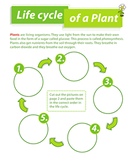 Prevention is of great interest regarding COVID-19based on in vitro data suggesting activity against SARS.
Prevention is of great interest regarding COVID-19based on in vitro data suggesting activity against SARS.
For the treatment of COVID-19, clinical trial NCT04260594 is investigating a dose of 200 mg orally every 8 hours for treatment. Limited clinical experience with umifenovir in COVID-19 has been reported in China. A non-randomized study of 67 patients with COVID-19 found that treatment with umifenovir for 9 days resulted in lower mortality rates (0% [0/36] vs 16% [5/31]) and higher discharge rates compared with patients treated with umifenovir for 9 days. who did not receive this drug.
Go to article (source)
2.3. Influenza virus in
Virus
influenza B, like the influenza A virus, is capable of
change its antigenic structure.
However, these processes are less pronounced
clearly than with type A influenza.
virulence
inferior to influenza A viruses. According to antigenic
properties of hemagglutinin
and influenza virus neuraminidase B are divided
into 5 subtypes,
but their volatility wears slow
character.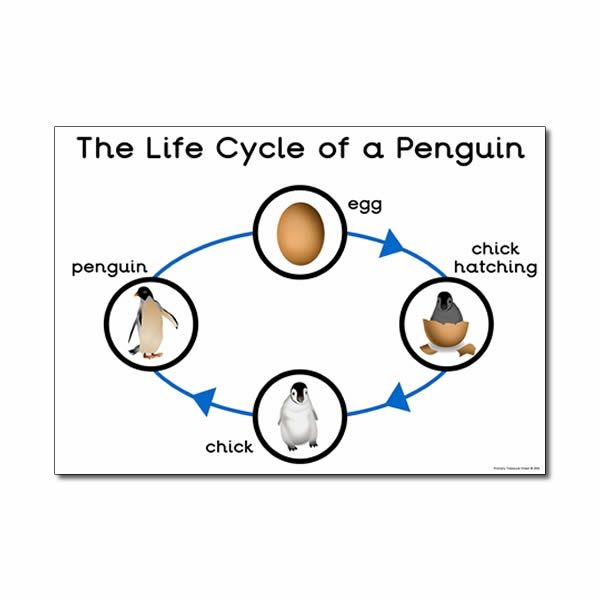
Viruses
type B do not cause pandemics and usually
are the cause of local outbreaks
and epidemics, sometimes covering
one or more countries. flu outbreaks
type
In may coincide with such outbreaks
flu type A
or precede it.
Viruses
influenza B circulate
only in the human population, more common
causing illness in children.
2.4. Influenza virus c
Virus
influenza C has been little studied. His
activity related
not with neuraminidase, but with an enzyme
neurominate-o-acetylesterase.
It is known that, unlike viruses A and
B, he
contains only 7 nucleic fragments
acid and one
surface antigen. Infects
only human. He
does not cause epidemics and does not lead to
serious consequences,
but may cause outbreaks in
organized children’s groups. At
disease in young children
proceeds in a mild manner.
2.5. Life cycle of influenza viruses
1.
Attachment to surface receptors
cells, penetration into the cell with
receptor endocytosis and replication
viral genes inside the cell nucleus.
Assembly
viral particles from synthesized
copies of viral
proteins and genes.Exit
virus particles out of the cell by budding
through the plasma membrane.
World
health organization (WHO)
predicts
emergence in the coming years of a new
antigenic
variant of the influenza virus, which can
lead to development
major influenza pandemic (with
4-5-fold increase in incidence and with
5-10 fold increase in mortality).
WHO
defined the influenza situation as
interpandemic
(according to the new classification).
WHO
is the event coordinator
by warning
influenza pandemic and recommends:
monitoring
influenza virus circulation, including
and “bird”
and “California” in all countries;assessment of the situation
on influenza today and tomorrow and planning
effective measures to prevent
pandemics;
3) development
state program,
envisage
cabbage soup
providing the population with effective
preventive
and therapeutic agents, their creation
reserve;
4) preparation
special medical institutions and
medical
personnel capable of providing effective
by
power
in difficult epidemiological conditions.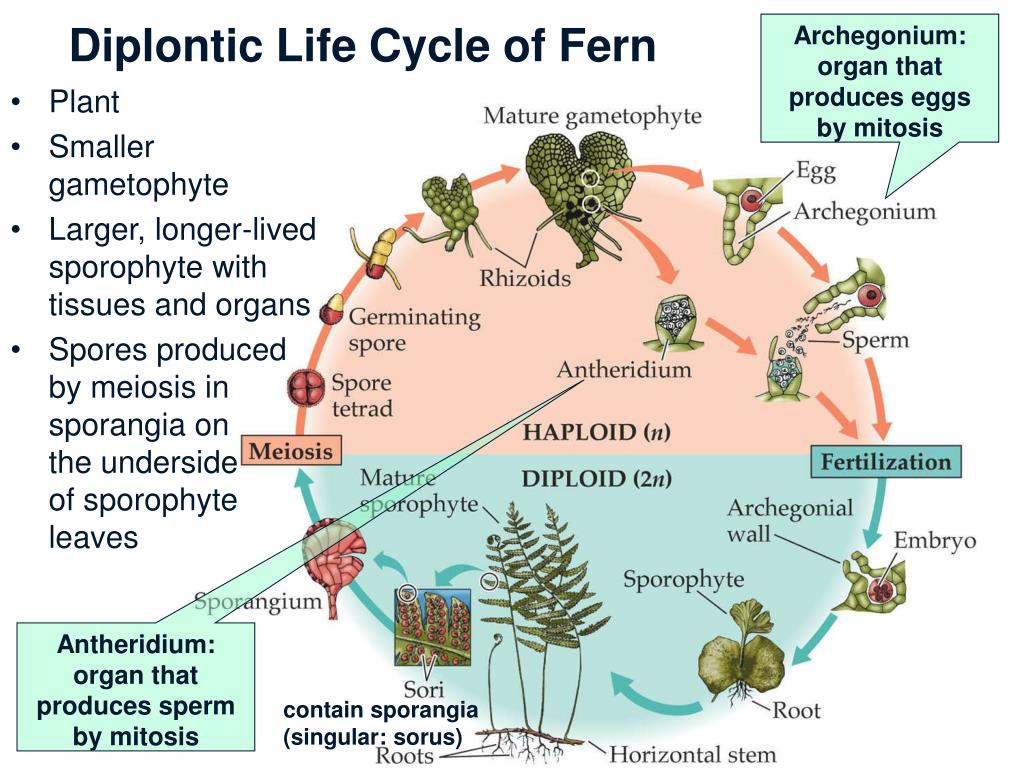
2.7. Epidemiology of influenza
source
infection is usually sick
Human
or virus carrier. The facts are known
contributing to a protracted
carrying the influenza virus or even
his persistence
is an immunodeficiency state
person. In recent
years, the possibility of transmission is not ruled out
influenza A virus to humans and from animals,
birds, as evidenced by outbreaks
in Hong Kong.
Big
epidemiological danger is
Human
with severe manifestations of catarrhal
syndrome with
influenza, which has a high concentration
virus in the respiratory mucosa.
Mechanism
influenza virus transmission is aerogenic.
Implemented
airborne, airborne
and less often household (toys,
household items) by means of transmission. Dose
virus, which
infects a person, equal to 0.0001 ml of mucus
nasopharyngeal secretion.
During the incubation period, influenza viruses
stand out rarely, tk. still no catarrhal
syndrome. Intensive selection
virus occurs at the peak
illness.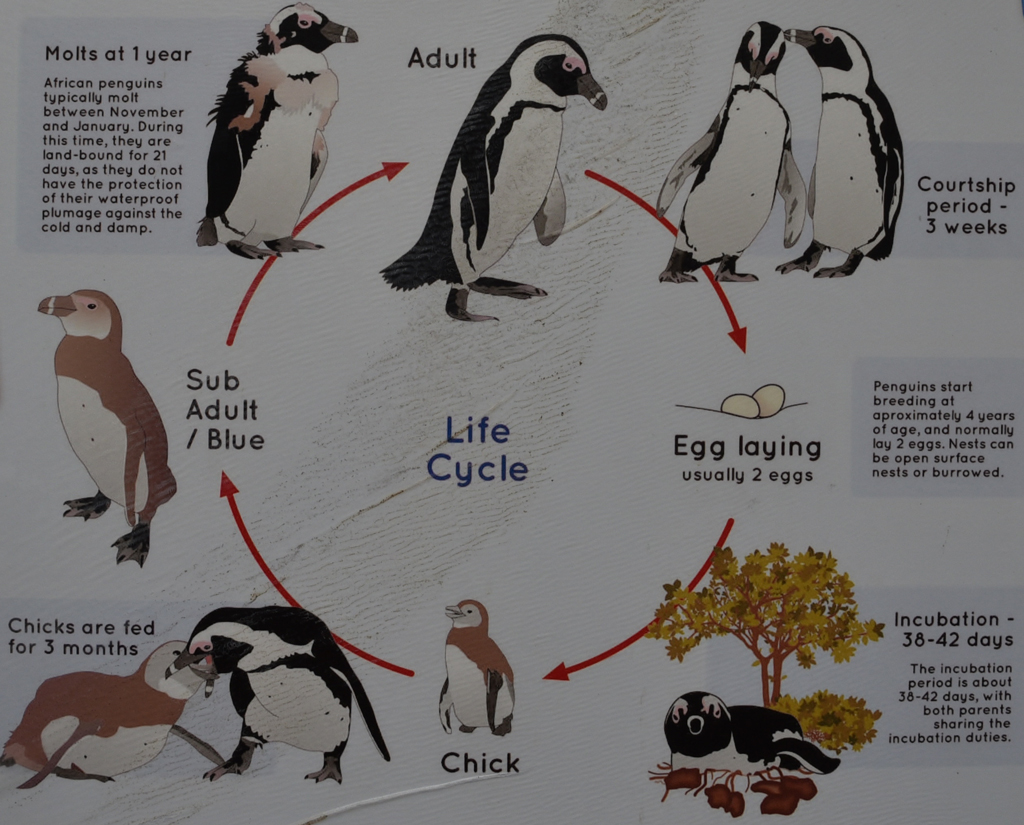 Timing data
Timing data
virus are contradictory and depend on
residual
catarrhal phenomena, their duration
after the temperature has dropped.
Term
isolation of influenza A virus: A
(h2NI)-21-26
days, A
(h3N2)
– 25 days, A
(h4N2)
– 22 days.
Allocation term
influenza B virus – up to 30 days.
Described
cases of influenza virus isolation from 20-40
days
up to 150-180 days.
infectious
the properties of the virus persist for 2-9 hours in
air
rooms where the patient sneezed; on paper,
fabrics – 8-12
hours, on plastic – 24-28 hours, on glass
– up to 10 days.
Particles
larger than 100 µm in large droplets
quickly
settle, disperse by 2-3 meters (their
about 80%).
Particles
more than 30 microns settle on the mucous membrane
nose,
larynx, trachea; size 3-10 microns – fall
into the bronchi
and bronchioles, 0.3-1 microns in size – reach
alveoli.
Speed
spread of influenza virus highest:
from
one virus particle before the end of the day
more than a thousand particles are formed, this
explains the short incubation
period
– 1-2 days.